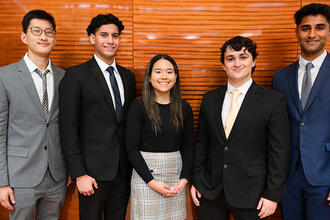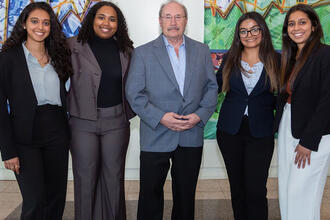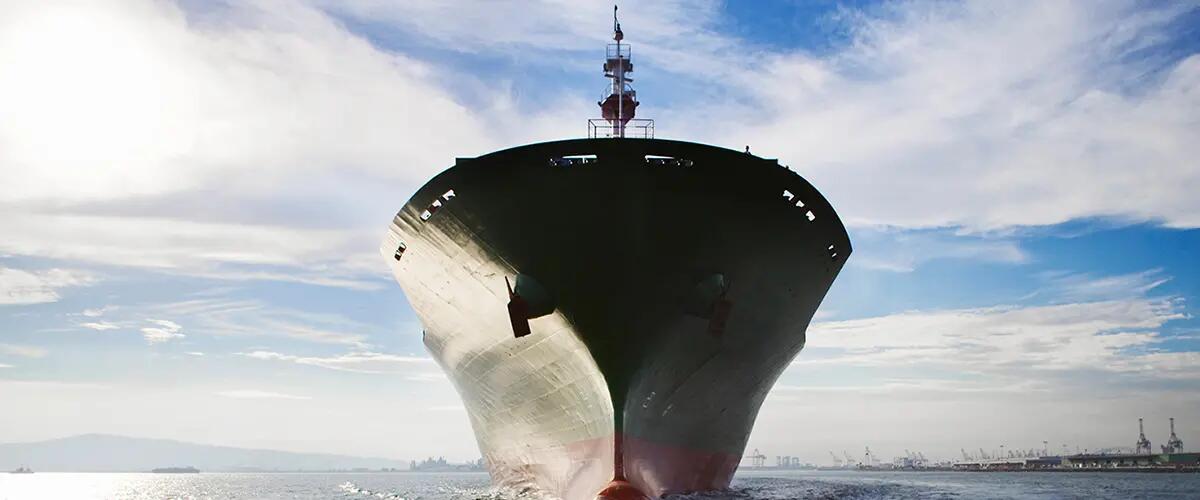
Examining the real potential for investment in Cuba
A stint as moderator at a conference in Cuba, gives the Center for Real Estate's executive director more of an understanding of the country's potential for U.S. real estate investment as well as the pitfalls. This piece was written for the Center for Real Estate's blog.
If you could assemble all of the islands in the Caribbean, the resulting land mass would still be less than 50 percent of the size of Cuba. In fact, the main island of Cuba stretches over 600 miles from point to point. And 19 percent of the population of Cuba, (some 11.4 million) resides in Havana. With those limited yet tantalizing facts of the island in hand, I was invited to moderate a panel at the Royal Institute of Chartered Surveyors ("RICS") 2017 Study Tour "Destination Havana" which examined how the changing economic, political and social landscape will impact the country’s developing real estate and infrastructure.
As the executive director of Rutgers Business School’s Center for Real Estate and a fan of exotic travel, it was both an honor and pleasure to accept the invitation. And with Cuba making front page headlines due to recent policy statements by the Trump administration, who knows when the window may close to visit the country?
As a result of the 1959 Revolution, citizens enjoy free housing, medical care and education. But those benefits can come at a price. Cuba was once a large exporter of agriculture. Today, nearly 80 percent of their food is imported. What happened? The price of sugar, the largest crop, dropped so significantly that agricultural programs could no longer be supported. The result was abandonment of the fields that now lie fallow. Ironically, Vietnam reached out to Cuba in the 1970’s to learn how to grow coffee. Today, Vietnam is the second-largest coffee producer in the world and Cuba must import coffee to meet its demand. Free housing also means that no one takes responsibility for maintenance, a problem that looms larger when the effects of sub-tropical weather on buildings are considered.
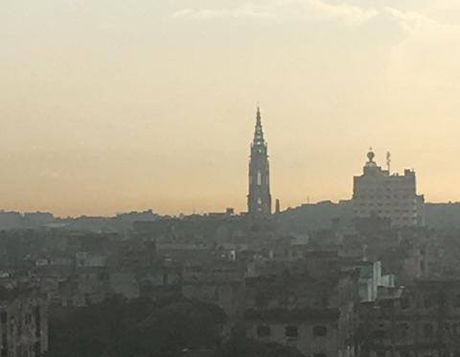
Cuba lost its patriarch when the Soviet Union collapsed. Its newest state sponsor is Venezuela. This has resulted in a difficult economic environment where the GDP is a negative 1.8 percent. But with Raul Castro assuming the presidency and the commencement of the Cuban Thaw in December 2014, there are signs that the state wants to embrace some economic liberalization. Unsurprisingly, this means tourism and real estate.
Havana was established by the Spanish in the 16th Century. While there are basically three districts to the city, it is the Spanish Colonial architecture in Old Havana that is the draw. The structures and the neighborhood exude good bones and a developer with a keen interest on historical restoration and redevelopment would be hard-pressed to curb his enthusiasm.
While conference attendees with prior Cuba working experience would tell you that construction activity is multiples of where it was a few years ago, there is still a lack of large substantive projects under construction. Why? The answer lies in how business is conducted on the island. First, p-a-t-i-e-n-c-e must be exercised to have your plans even considered – think years. And it is not simply economics that will drive the decision. The Republic of Cuba is a Communist country. The government publishes a list of ‘Priorities’ and it is these guidelines that must be covered. Someone versed in development in the U.S. or Europe might see this as new ground.
Assuming your project moves forward, you enter into a joint venture with the state. The JV would be split 51 percent/49 percent. The 51percent stake is the state and their contribution is basically providing the approvals. The 49 percent owner provides all of the capital which cannot be financed. In addition a land lease between the state and the JV is established for a nominal rent per annum. The JV is structured for a term of 25 years with an option for an additional 25 years. However, the option is held by the state and this is where doing business gets tricky.
We will consider a hotel project since these are the few projects completed. Even though our visit coincided with the beginning of the hurricane season and was very hot and humid, the hotels maintained good occupancy and rate. There is a very limited presence of non-Cubans who work at the hotels. These positions are limited to senior management. The rest of the hotel staff are nationals. The obvious benefit is the ownership enjoys the very low labor costs. However, there is the risk that these low labor costs will not remain in place. I also inquired as to standard FF&E (Furniture, fixtures and equipment) contributions which in the U.S. would be before and partner distributions. In Cuba, they are funded after the cash distributions which I interpreted to have investment basis ramifications.
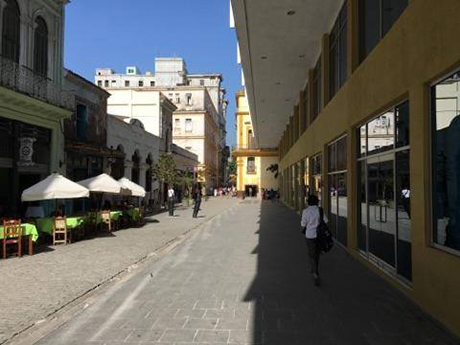
While there are clearly risks associated with the day-to-day hotel operation, the larger question is the options held by the state in the lease. First, will the state extend or renew? And second, how is the investor compensated if the lease is terminated? While I did not see a JV agreement, a fair value option was said to be in the document. But how is value determined? Will there be a market determination of value? Or will the state announce the value at that time? As an investor you would set values and probabilities to those outcomes to arrive at an appropriate discount rate(s).
You see the appeal of developing hotels catering to tourists in and around Old Havana, but the state’s oversight and its dedication to adhering to the state’s priorities must be considered with your return hurdle. I discussed this issue with some appraisers who developed an opinion of value for a completed project. While they wouldn’t provide me the exact discount rate, I outlined my concerns and basically developed a range of rates that were affirmatively acknowledged. These rates range from 18 percent to 22 percent.
I found a quote by the journalist David Muir which nicely frames the tension between the wishes of the state, the Cuban people, and an immense real estate value proposition:
“I think there [on Cuba] is going to be an extraordinary reception. Cubans are – they want to hold onto their culture, their heritage, but they also want to embrace this opportunity, perhaps, for new economic freedoms.”
To give the reader an example of the Cuban people’s embrace of a part of their culture, look no further than the classic 1950’s American-made cars that abound throughout Havana such as tri-five Chevys, those rare hard-top convertibles with tailfin styling.
Press: For all media inquiries see our Media Kit

